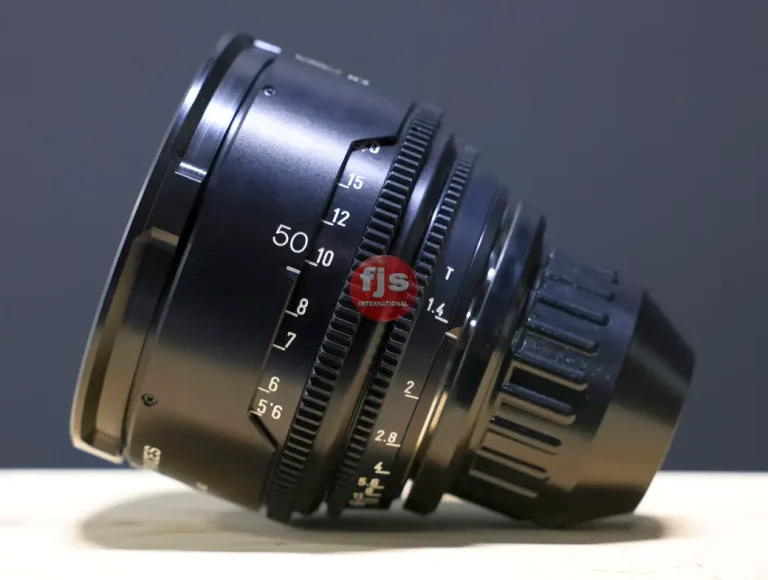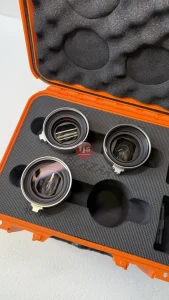Prime lenses, also known as fixed focal length lenses, are a photographer’s workhorse. They offer a unique set of advantages that contribute to exceptional image quality and a distinctive shooting experience. But can you zoom with a prime lens? Let’s delve deeper.
Prime Lenses: No Zooming, But a Wealth of Benefits
- Fixed Focal Length: Unlike zoom lenses, prime lenses have a single focal length. This means the angle of view you capture remains constant.
- Superior Image Quality: With a simpler design, prime lenses often boast superior image quality compared to zoom lenses. This is because there are fewer elements for light to pass through, resulting in sharper images and less distortion.
- Faster Aperture: Prime lenses frequently have wider maximum apertures (like f/1.4 or f/1.8) compared to zoom lenses. This allows for more light intake, translating to faster shutter speeds, beautiful bokeh (background blur), and excellent low-light performance.
- Compact and Lightweight: Due to their simpler design, prime lenses tend to be lighter and more compact than zoom lenses. This makes them ideal for travel, street photography, and situations where portability is key.
- Affordable: Generally, prime lenses are more affordable than zoom lenses of similar quality. This makes them a budget-friendly option for photographers starting out or looking to expand their lens collection.
Conclusion: Prime Lenses – For Photographers Who Appreciate Quality and Control
While prime lenses lack the zooming versatility of their zoom counterparts, they excel in image quality, low-light performance, and portability. They encourage photographers to develop a deeper understanding of composition and positioning to achieve their desired results. Prime lenses are a fantastic choice for photographers who prioritize image quality, low-light shooting, and a more intentional shooting experience.
Frequently Asked Questions:
- Do I need a prime lens?
It depends on your photography style. If you value portability, image quality, and low-light performance, a prime lens could be a great addition to your kit. However, if versatility and the ability to frame shots from various distances are crucial, a zoom lens might be a better fit.
- What focal length prime lens should I get?
Popular focal lengths for prime lenses include 35mm (great for everyday shooting), 50mm (considered a classic portrait lens), and 85mm (ideal for portraits with beautiful bokeh). The best choice depends on the type of photography you do most.
- Can I zoom with a prime lens adapter?
No, a prime lens adapter won’t enable zooming functionality. Adapters are used to mount lenses designed for one camera system onto a different system body.








